
Canada and the United States are in a battle involving tariffs, and Canadians are naturally concerned about what this could mean for them.
In the automotive aftermarket, these concerns are also present as the nearly $44-billion-dollar industry is facing an uncertain path forward here at home. Several North American groups universally agreed that tariffs would only be bad news for industry and consumer.
Auto Service World spoke with Kumar Saha, American vice president and Canadian managing director of global automotive data firm Eucon. He is a long-time industry observer and frequently speaks at leading conferences about industry trends and issues. He is also a columnist with Jobber News.
Though developments were happening multiple times a day, Saha took the time to chat about the situation and what the impacts could be for suppliers in Canada, internationally and across the border. He also dove into how distributors and repair shops could prepare for disruption.
Last evening, just hours before the tariffs would take effect, Canadian Prime Minister Justin Trudeau announced that the impending threat would be delayed by at least 30 days after it reached a deal with the U.S. over border concerns.
For now, the threat is off the table but not eliminated. Come March, they could be happening. So if tariffs materialize, pricing may not be an issue until a few months down the road — the supply chain could instead face significant hurdles first.
“So even before there’s an impact on costing and pricing, I think, if the tariffs come into play, there’s going to be a big impact on supply chain,” Saha said. “Because you have to keep in mind that things move back and forth between all three borders. So it’s not like a U.S. company is buying from Canada this fully made part or car and then they’re selling in the U.S. market. A part may move a few times across the border.”
It’s this uniqueness of the auto industry that has professionals in this industry nervous compared to others, he added.
So suppliers and distributors should be cautioned to assume how much prices could fluctuate, Saha noted. It’s not as simple as assuming something will be 25 per cent more expensive.
“Just because there’s a 25 per cent tariff doesn’t necessarily mean that there’s a 25 per cent increase in the cost of the part, because it will depend on a lot of things,” he said, explaining that a U.S. company may import steel from Canada, paying a tariff. Then that good may cross back into Canada and then back into the U.S., where it’ll be tariffed again.
For now, Canada hasn’t placed tariffs on automotive parts. If it does, then the item could be tariffed coming this way as well.
All of this talk could get American suppliers looking elsewhere for parts. As when tariffs were placed on China and suppliers looked elsewhere, the same could happen here, Saha warned. Companies could look to other countries to keep their costs down or affected minimally.
And those other nations could be eagerly awaiting the opportunity to sell into the U.S. market.
“And on the other hand, for Canadian parts suppliers to find other markets is going to be far more difficult. So it’s easier to source from new markets than it is to open new markets,” Saha said.
Furthermore, prices have started to come down since the pandemic but tariffs could, at the very least, reverse that movement.
“I definitely think that trend is going to reverse. So it would be important to see, ‘What’s the inflection point? When does that start to start to start to reverse?’” Saha asked.
Nevertheless, this trade standoff has sent a jolt through the country.
“I think this is probably the biggest economic news as far as Canada is concerned — of course, the pandemic was a big one — since 2008,” Saha said.
Tune into the full conversation. Click the banner above or pick your platform of choice below to hear this episode. You can also access the full Auto Service World Conversations library.
Choose your preferred platform:

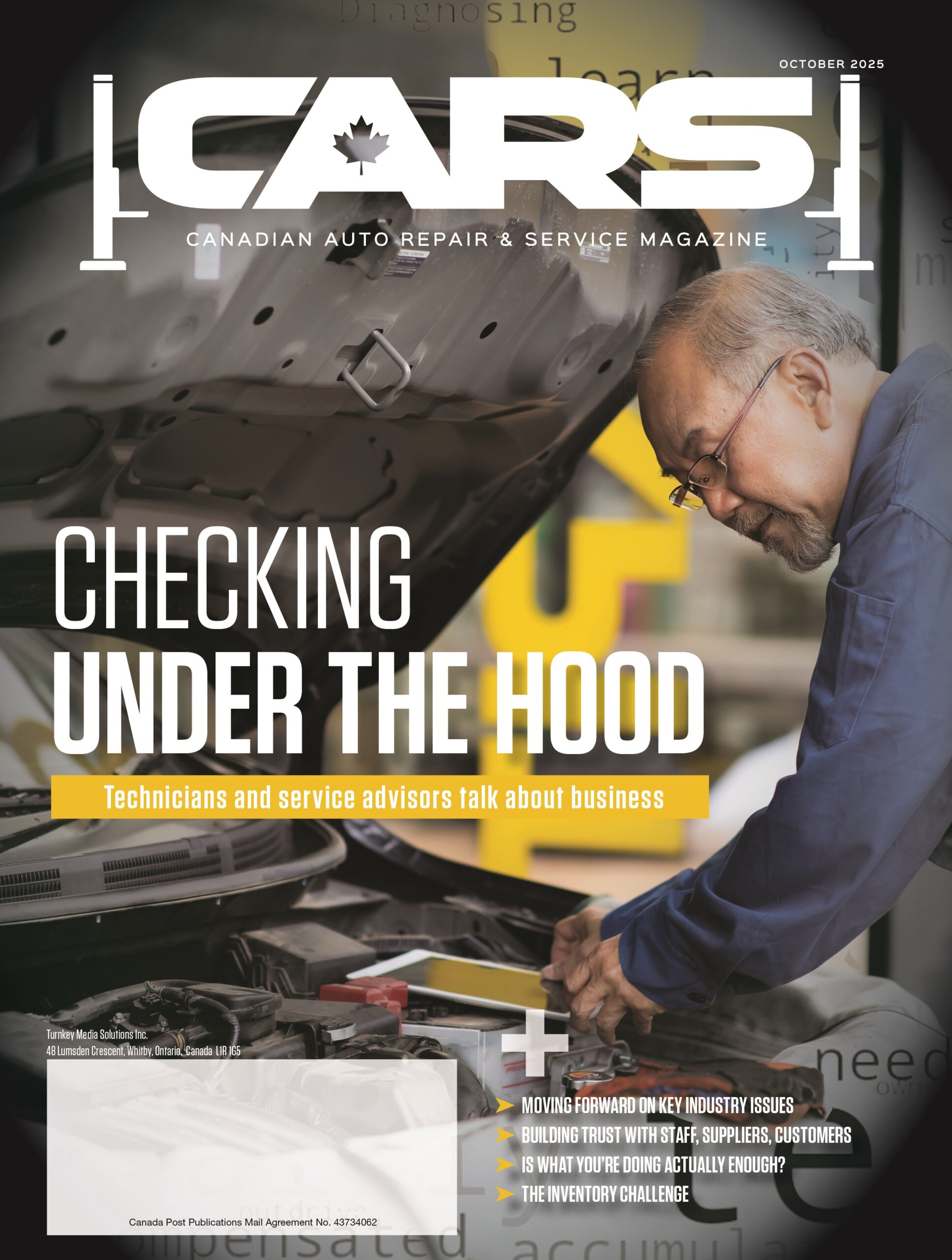
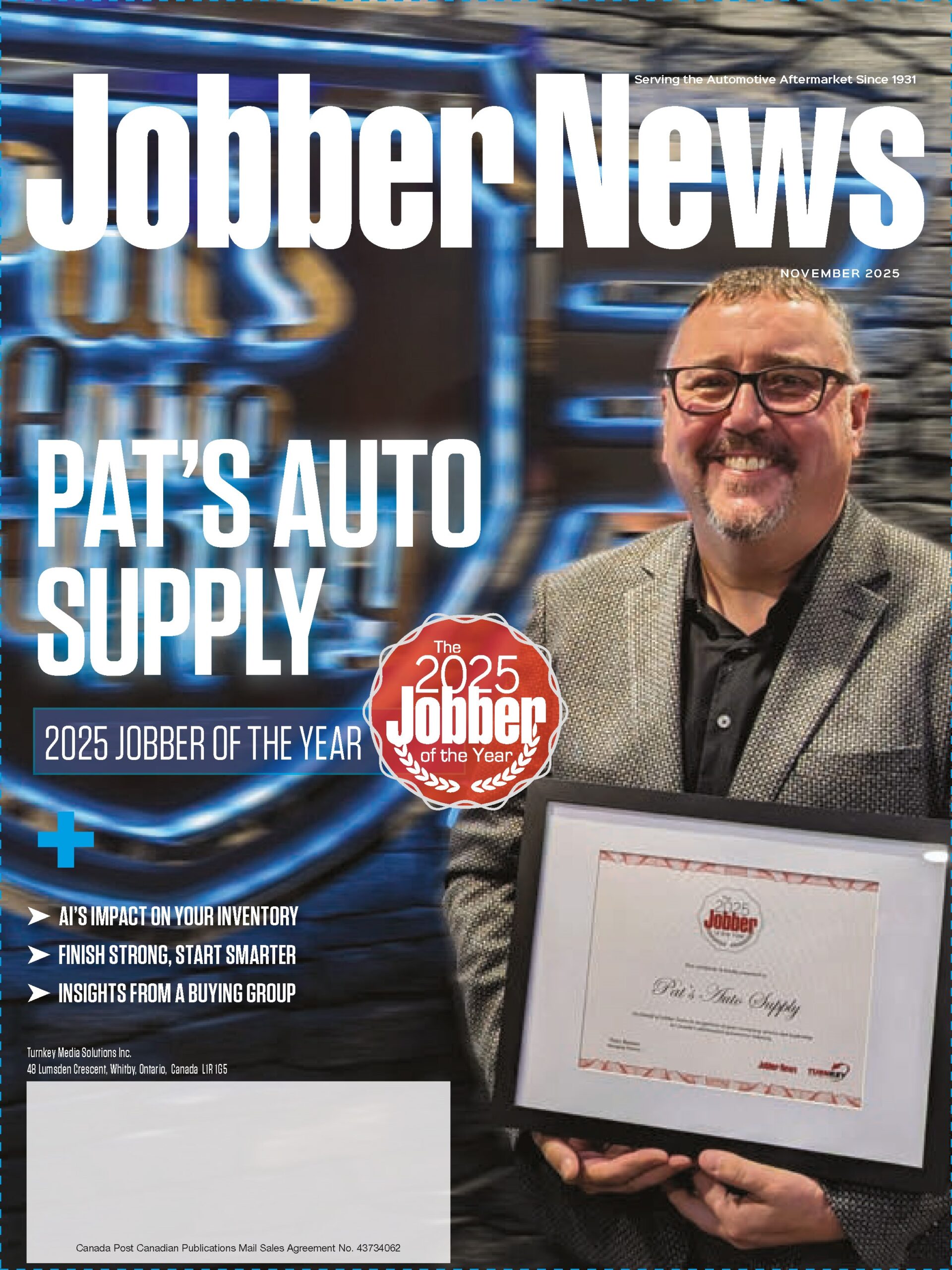
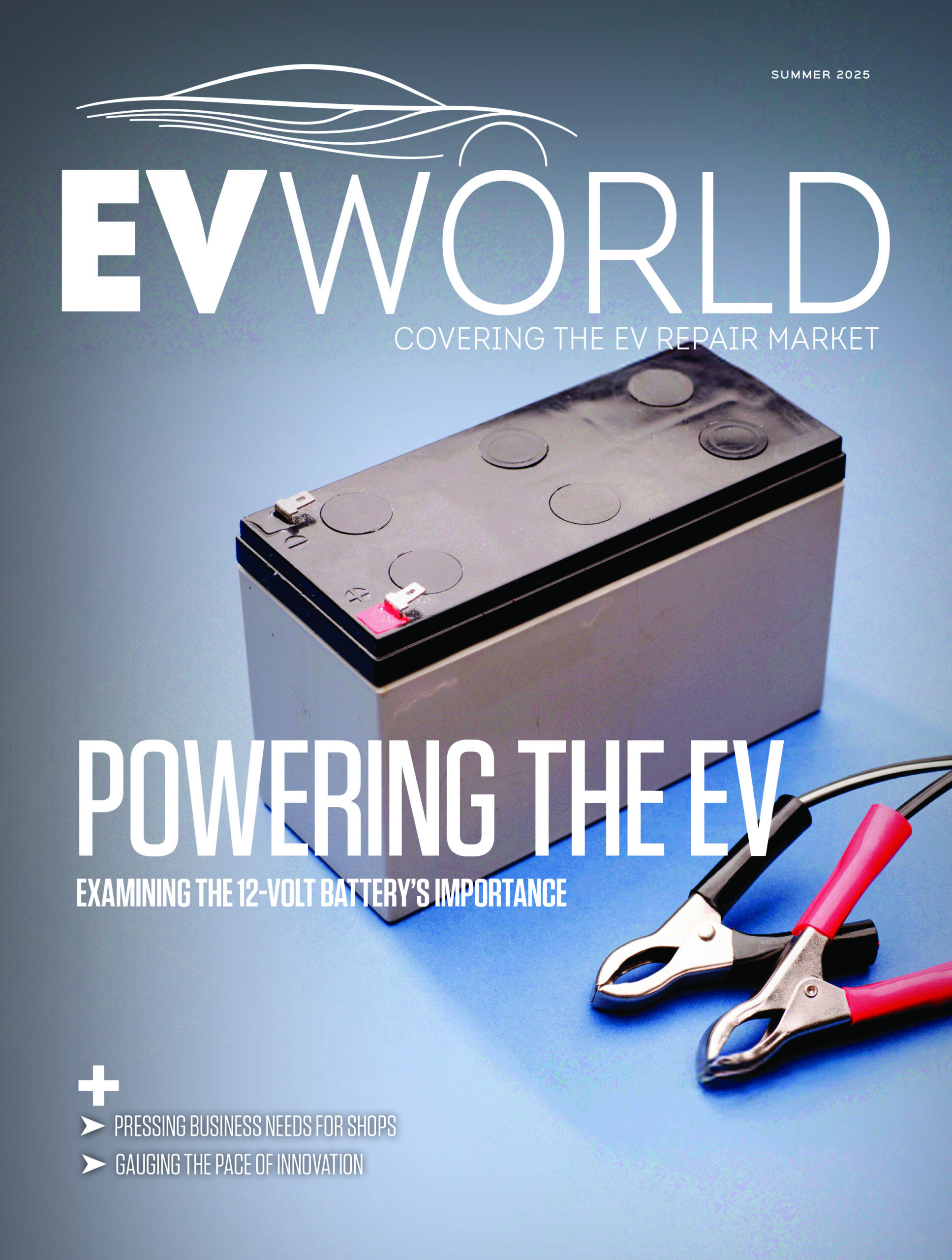

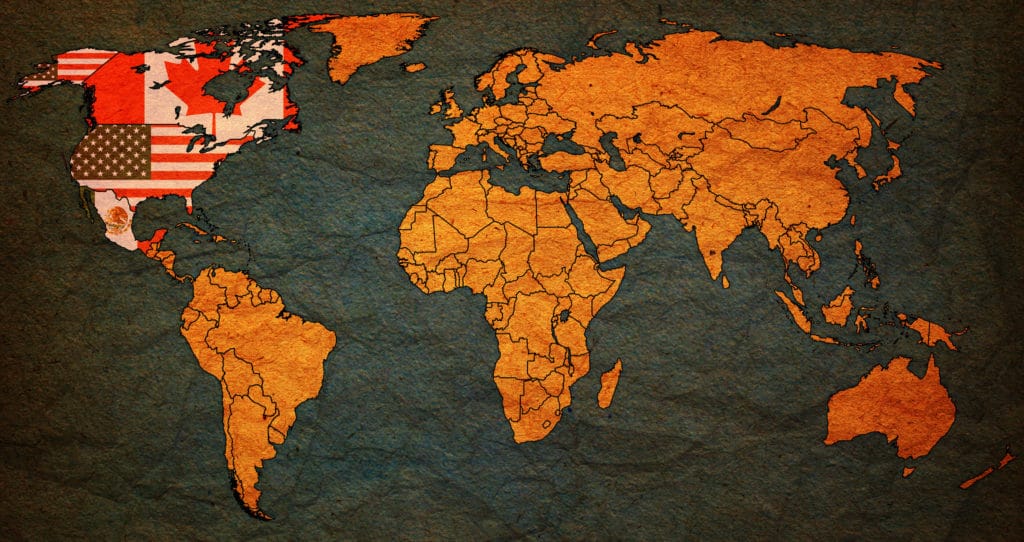




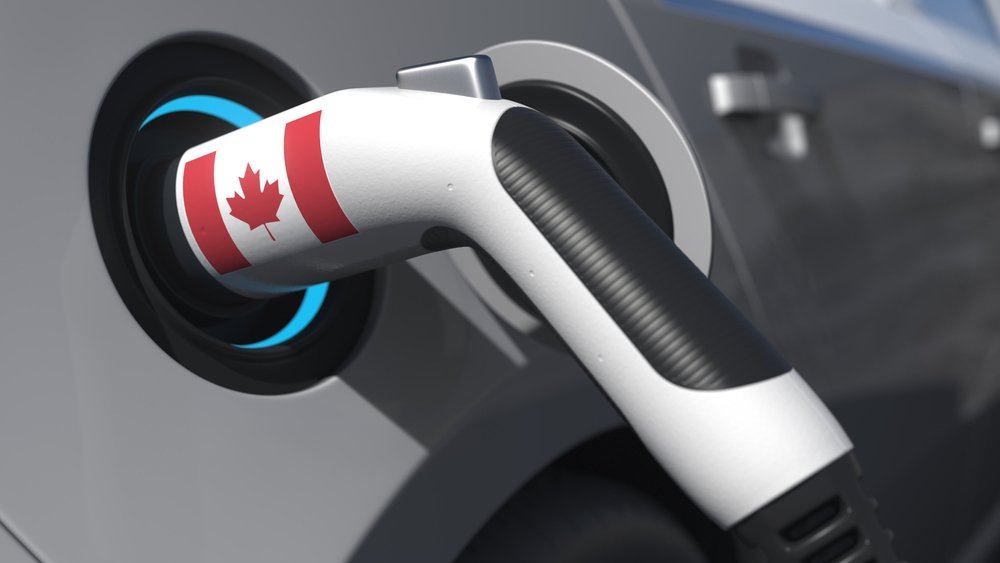

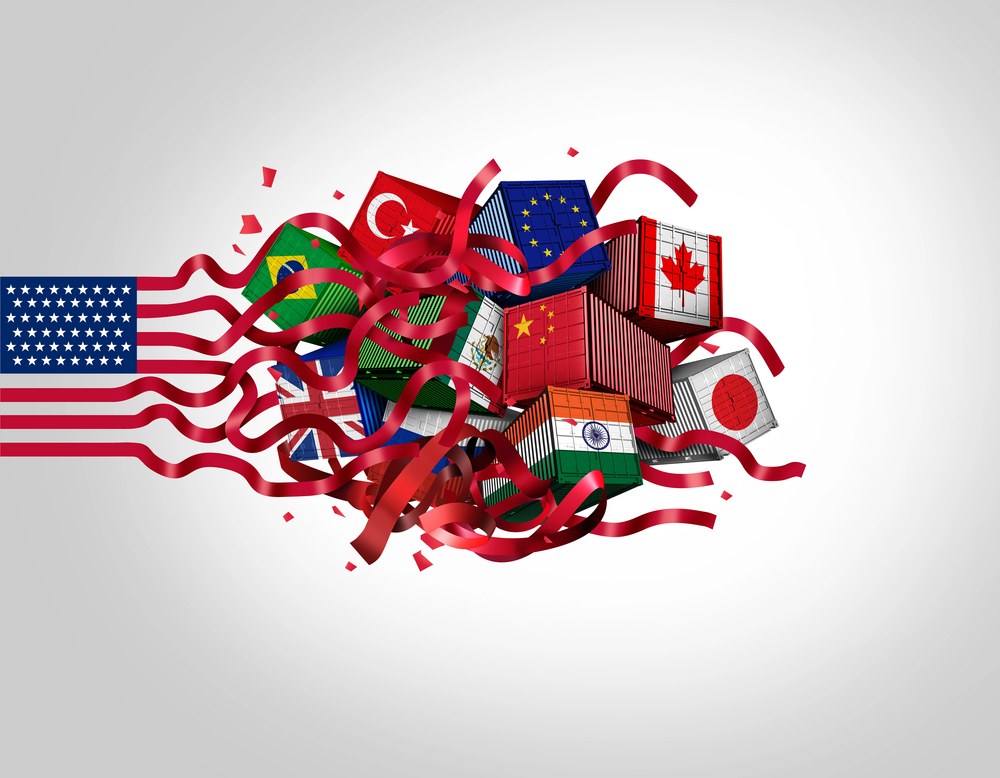
Leave a Reply